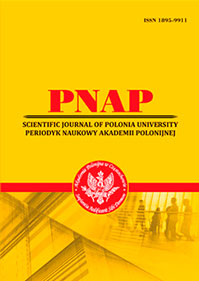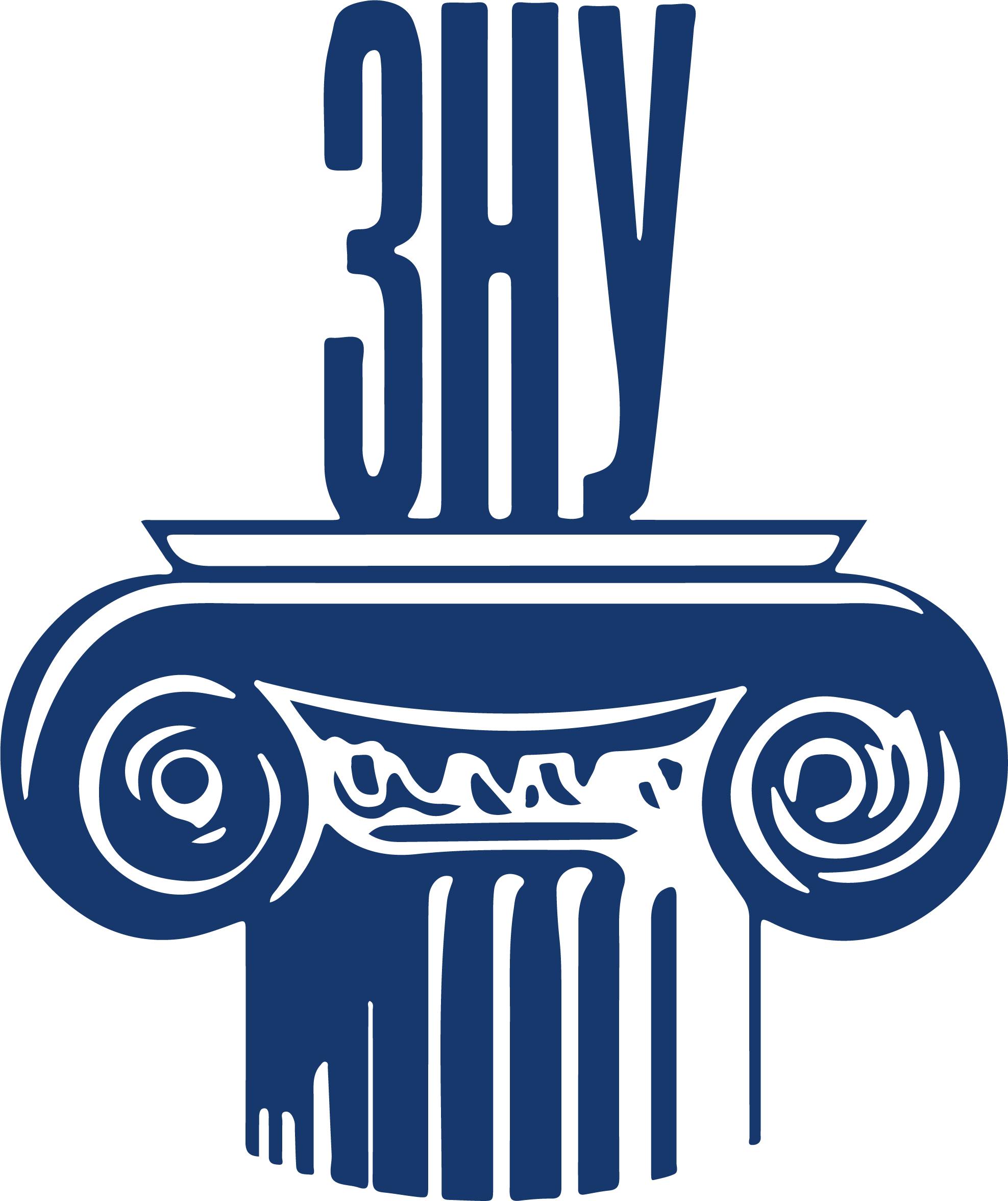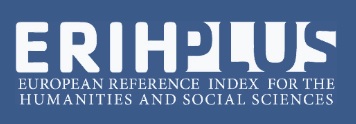ЛІНГВІСТИЧНЕ ПРЕДСТАВЛЕННЯ КОНЦЕПТУ ІНТЕЛЕКТУАЛЬНА ДІЯЛЬНІСТЬ ЛЮДИНИ
Анотація
Наукову розвідку присвячено лінгвістичним проявам концепту інтелектуальної діяльності людини HUMAN INTELLECTUAL ACTIVITY в сучасній англійській мові, здійсненого за допомогою комплексного когнітивно-синонімічного підходу. У роботі простежено як різноманітні когнітивні процеси людини закодовані в відповідних лексичних одиницях та семантичних полях. Спираючись на принципи когнітивної лінгвістики (за Дж. Лакоффом, Р. Лангакером та В. Евансом) виявлено типові синонімічні зв’язки, семантичні кластери та парадигматичні структури в концептуальній сфері інтелектуальної діяльності людини.Корпусний аналіз (COCA) застосовано для вивчення моделей розподілу, колокацій та виявлення частотності їх вживання у понад 45 000 прикладах термінів на позначення інтелектуальної діяльності людини. Побудовано та описано ієрархічну трирівневу семантичну організацію досліджуваного концепту, що включає категорії вищого рівня (загальне когнітивне, аналітичне мислення, творчий синтез, рефлексивне споглядання), категорії базового рівня (розв’язання проблем, прийняття рішень, розуміння, навчання) та підпорядковані специфікації (інтенсивні, тривалі, оціночні та модальні варіанти). Застосований мережевий аналіз дозволив стверджувати, що слово «думати» функціонує як центральний прототип, навколо якого організовуються більш специфічні терміни на позначення інтелектуальної діяльності людини через відносини подібності.Дослідження визначає систематичне метафоричне структурування через три основні концептуальні відображення: МИСЛЕННЯ ЯК ФІЗИЧНИЙ РУХ, МИСЛЕННЯ ЯК МАНІПУЛЯЦІЯ та МИСЛЕННЯ ЯК БАЧЕННЯ, що підтверджує втілені принципи пізнання в семантичній організації цього концепту. Результати підтверджують та демонструють корисність застосування когнітивно-синонімічного підходу для виявлення тонких семантичних значень досліджуваних одиниць. Наукова розвідка сприяє розумінню організації семантичних полів, теорії концептуальної метафори та узусно-орієнтованого засвоєння мови з практичним значенням для лексикографії, мовної педагогіки та комп’ютерного семантичного моделювання.
Посилання
2. Geeraerts D. Theories of lexical semantics. Oxford University Press, 2010.
3. Lakoff G. Women, fire, and dangerous things: What categories reveal about the mind. University of Chicago Press, 1987.
4. Lakoff G., Johnson M. Metaphors we live by. University of Chicago Press, 1980.
5. Langacker R. W. Foundations of cognitive grammar: Theoretical prerequisites. Stanford University Press, 1987.
6. Langacker R. W. Foundations of cognitive grammar: Descriptive application. Stanford University Press, 1991.
7. Lehrer A. Semantic fields and lexical structure. North-Holland, 1974.
8. Lyons J. Semantics. Cambridge University Press, 1977.
9. Merriam-Webster Dictionary. Merriam-Webster, Incorporated, 2023. (MW)
10. Oxford English Dictionary. Oxford University Press, 2023. (OED)
11. Sweetser E. From etymology to pragmatics: Metaphorical and cultural aspects of semantic structure. Cambridge University Press, 1990.
12. Talmy L. Toward a cognitive semantics. MIT Press, 2000.
13. Trier J. Der deutsche Wortschatz im Sinnbezirk des Verstandes. Carl Winter, 1931.
14. Wierzbicka A. Semantics: Primes and universals. Oxford University Press, 1996.

Ця робота ліцензується відповідно до Creative Commons Attribution 4.0 International License.
 ISSN
ISSN 


.png)




